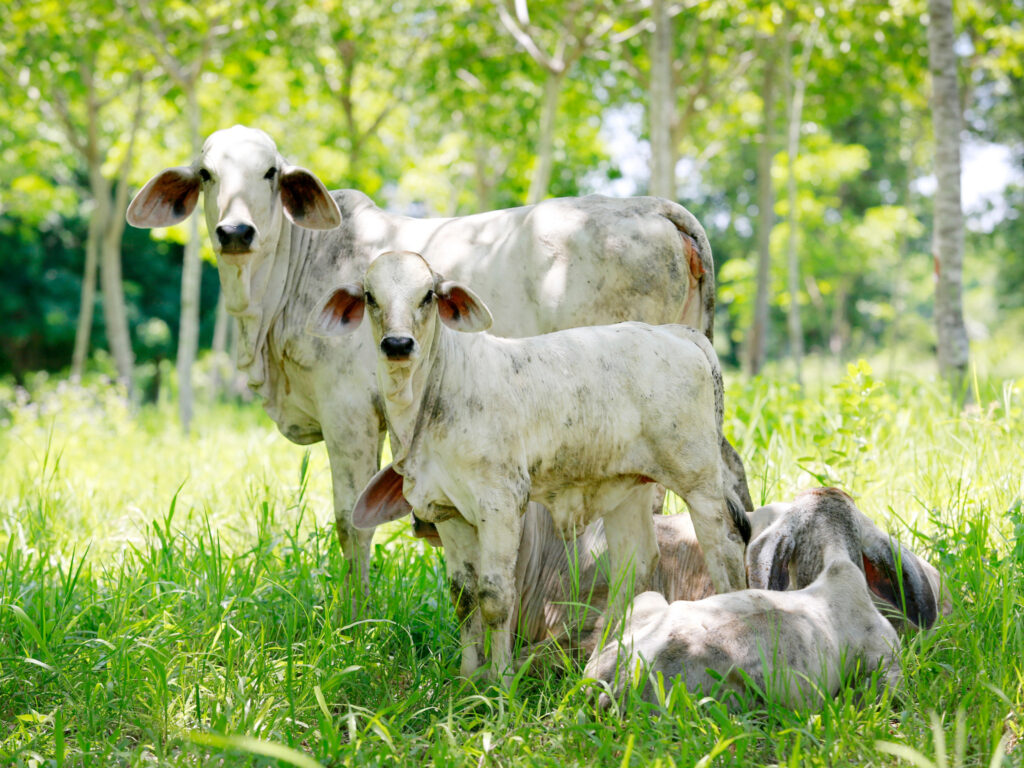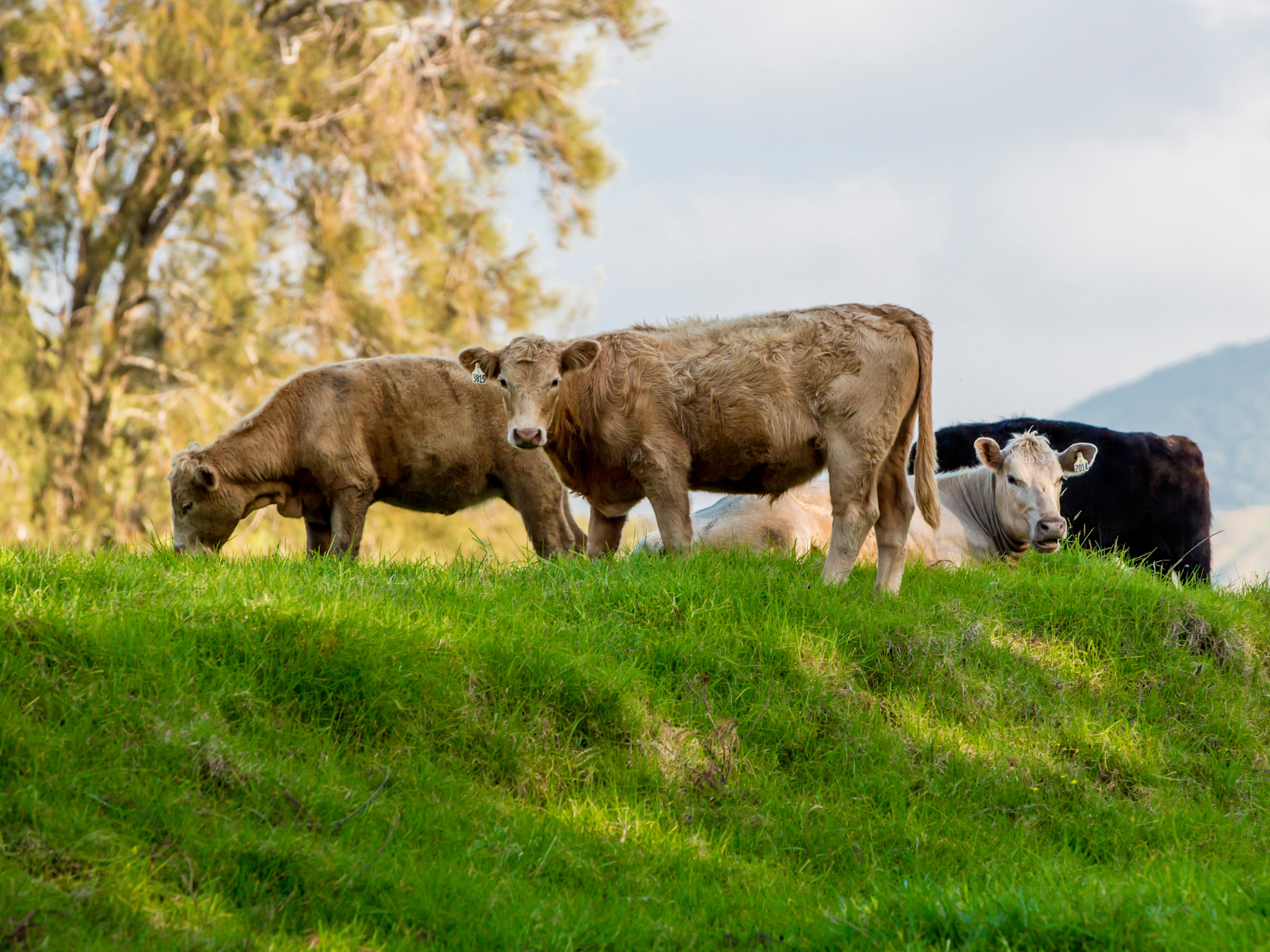Modest Cuts in Beef Production Can Remove 3 Years’ Worth of Fossil Fuel Emissions
4 Mins Read
Scientists suggest that if rich countries make small reductions in meat production, the climate benefits would be massive.
While scientific consensus calls for sharp reductions in livestock farming to lower emissions and battle climate change, even modest cutbacks in beef production could bring wins, according to a new report.
The onus lies with wealthy countries, whose per-capita emissions are twice the global average (and 33 times higher than low-income nations). If these countries reduce beef production by 13%, it could remove 125 billion tonnes of carbon dioxide from the atmosphere, an amount greater than the fossil fuel industry’s emissions from 2021-23.
“We can achieve enormous climate benefits with modest changes to the total global beef production,” said Matthew Hayek, an assistant environmental studies professor at New York University’s Department of Environmental Studies and lead author of the analysis.
“By focusing on regions with potentially high carbon sequestration in forests, some restoration strategies could maximise climate benefits while minimising changes to food supplies,” he added.
Why richer countries need to make the change

Pastures, on which ruminant livestock graze, account for a third of the Earth’s surface – the most extensive form of human land use. Removing livestock from pastures can help sequester carbon into regrowing vegetation and recovering soils.
The authors noted that pastureland holds immense promise to support climate mitigation, especially in areas that used to be forests, because when livestock are removed from these areas, ecosystems can revert to their natural forested state and capture carbon in trees and soil.
Trees are the most effective tool to absorb CO2, and their return would lead to significant cuts in fossil fuel emissions, according to the study, which was published in the Proceedings of the National Academy of Sciences journal.
High- and upper-middle-income countries were specifically identified because – unlike regions like sub-Saharan Africa and South America, more pasture can grow year-round – they have pastures that don’t produce a lot of grass per acre, exist where grass grows only during a short season, and exist in areas that could instead grow vast carbon-sequestering forests with deep soils.
“For many consumers in high-income regions, like Europe and North America, reducing excessive meat consumption benefits both their health and the environment,” said Johannes Piipponen, a doctoral candidate at Finland’s Aalto University and co-author of the study. “However, until now, it has remained rather unclear where the required decreases in production could begin.”
Hayek added: “Our findings show that strategic improvements in the efficiency of cattle herds in some areas, coupled with decreased production in others, could lead to a win-win scenario for climate and food production.”
The researchers used remote-sensing tech to track the productivity of pastures (or the amount of grass produced annually for livestock to consume) and estimate the climate benefits of reducing beef production.
“Even if two different areas can regrow the same amount of carbon in trees, we can now know how much pasture, hence beef production, we would have to lose in each area to grow those trees back,” explained Piipponen.
Ecosystem regrowth not a substitute for fossil fuel reduction

The study only analysed the proportion of beef production raised using forages from pastureland, excluding the cattle raised from concentrated crop feeds, cropland-grown forages, or inedible crop residues.
If the scope of restoration was expanded, it would create an even more dramatic potential for climate mitigation. Removing cattle, sheep and other grazing livestock from all potentially natively forested areas in the world could sequester 445 gigatonnes of carbon by the end of the century, equal to over a decade of current fossil fuel emissions.
“Importantly, this approach would still allow livestock grazing to remain on native grasslands and dry rangelands, which are places where crops or forests cannot easily grow,” Hayek said. “These areas support more than half of global pasture production, meaning that this ambitious forest restoration scenario would require cutting global cattle, sheep, and other livestock herds by less than half. These findings underscore the immense potential of natural forest restoration as a climate solution.”
While ecosystem regrowth could occur by seeds naturally dispersing and trees regrowing without human involvement in many areas, in those with degraded environments, native and diverse tree-planting could speed up forest restoration.
“This long-term regrowth would benefit the climate for decades to come, with significant regrowth and carbon capture beginning within just a few years in many areas, and lasting for 75 years or more until forests nearly mature,” said Hayek.
But the authors acknowledged that this regrowth isn’t a substitute for reducing Big Oil’s emissions, but rather a powerful complementary measure. And while the report doesn’t call for extreme changes to food production and trade patterns, they stress that swift action is critical to meet climate targets.
“Within the next two decades, countries are aiming to meet critical climate mitigation targets under international agreements, and ecosystem restoration on converted pasturelands can be a critical part of that,” Hayek said. “Our study’s findings could offer paths forward for policymakers aiming to address both climate mitigation and food security concerns.”
Hayek has been vocal against the UN Food and Agriculture Organization, accusing it of misusing data from research he worked on. Along with other academics, he has called on the agency to retract its COP28 agrifood emissions report, which downplays the impact of meat on the planet.



